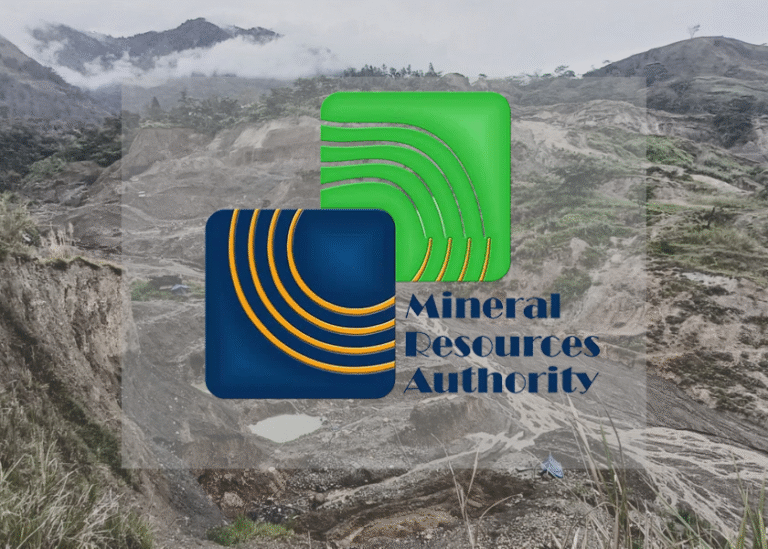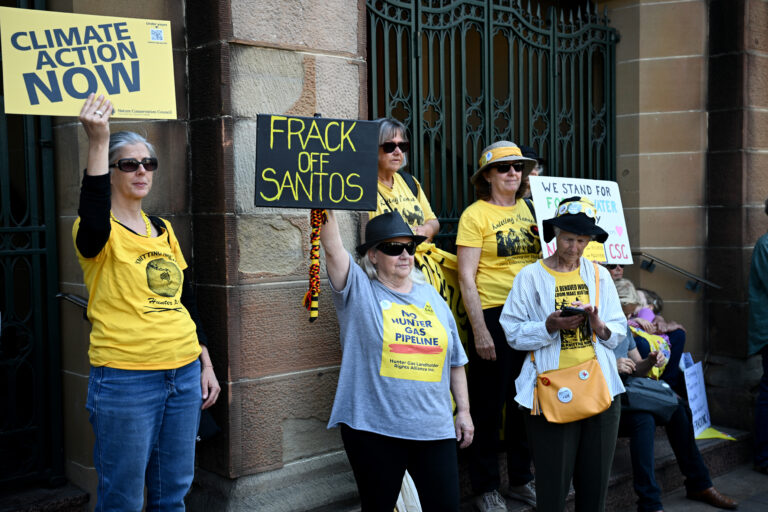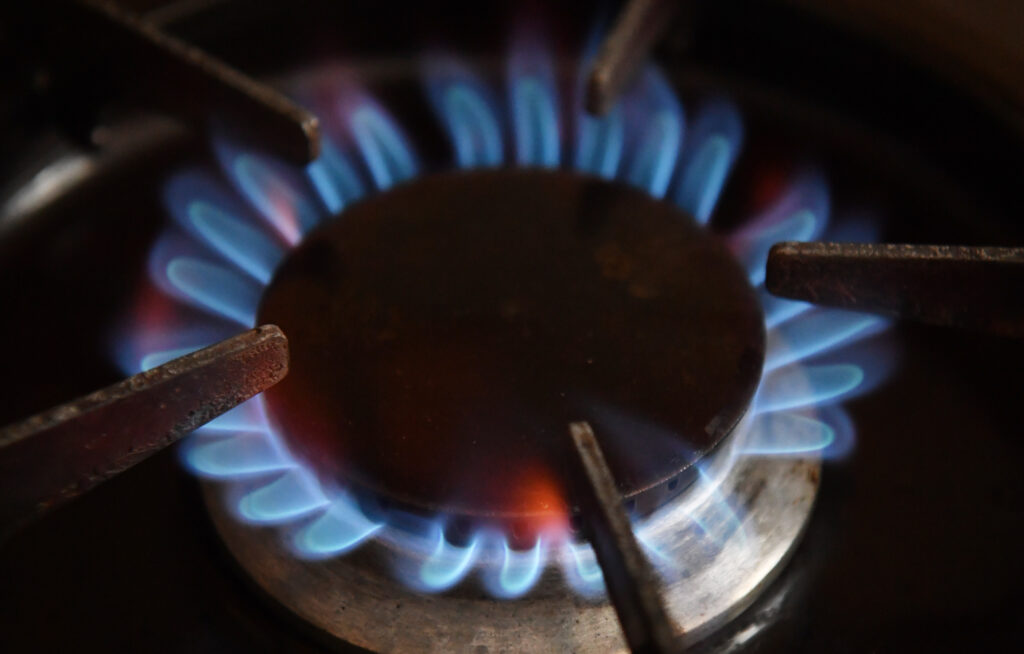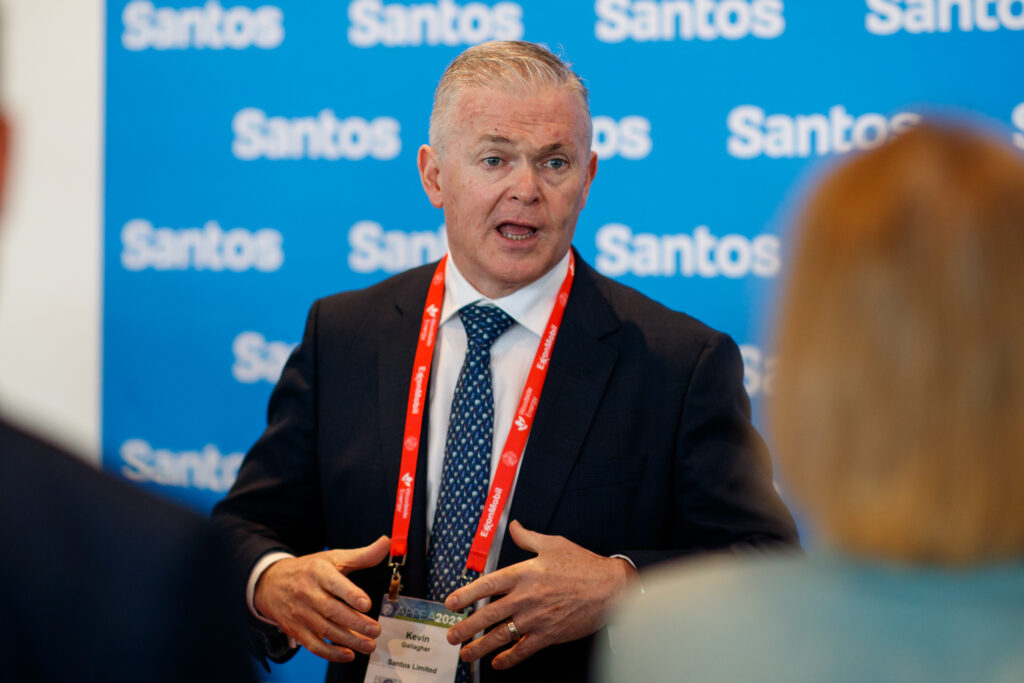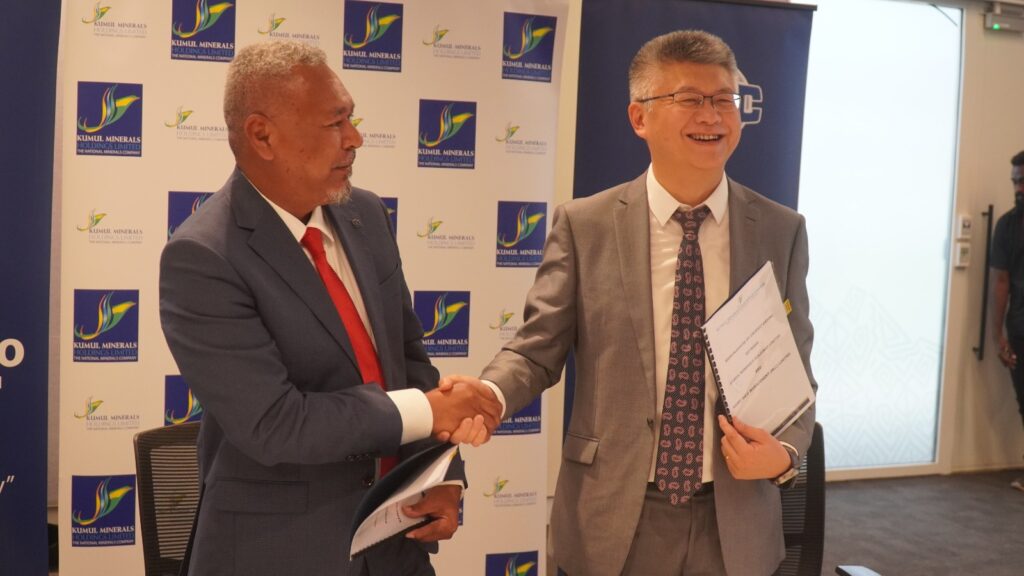The Mineral Resources Authority is a government agency responsible for executing all mining-related functions on behalf of the Independent State of Papua New Guinea. The authority is the custodian of the mining sector in PNG. MRA accounts for over 60% of PNG’s export revenue.
Established right after Independence on September 16, 1975, the Independent State of PNG had its own Parliamentary system with several Members of Parliament appointed to Ministries, including Natural Resources, which had the Department of Natural Resources.
The department administered;
- Mining Development Act 1976
- Petroleum (Prospecting & Mining) Act 1976
- Continental Shelf (Living & Natural Resources) Act
- Mining (Bougainville Copper Agreement) Act, and
- Mining (Safety) Act 1977
In 1983, the Ministry of Natural Resources was realigned and renamed, to the Ministry of Mineral and Energy. The department under the ministry was the Department of Minerals & Energy that administered all legislation under the former department of natural resources.
In 1992, during the reign of Sir Robbie Natalie as the Prime Minister of PNG, the department reviewed the Mining Development Act 1976 that resulted in the creation of a new legislation, which is the current Mining Act 1992.
In 1998, the Government, under the leadership of former Prime Minister when late Bill Skate was the Prime Minister, the separated mineral resources and petroleum & energy. resources and their office stations separated. All mineral resources sector and its relevant legislations were placed under the new Department of Mining and petroleum and energy legislations were under the Department of Petroleum and Energy.
In the year 2000, the World Bank gave USD$10 million loan to the PNG Government for the Mining Sector Institutional Strengthening Project with the primary aim to strengthen the national capacity of national government agencies to attract new foreign investors to the mining sector. One of the recommendations was to establish an Authority, an organization free of political interference with its own funds from the production levies collected from the mines, which led to the birth of the Mineral Resources Authority.
In 2005, the Government enacted the Minerals Resources Authority Act 2005. This legislation paved the way for the birth of the Mineral Resources Authority (MRA).
Until 2007, MRA became operational, from its brand new building known as the Sir Paul Lapun Haus, commonly called the Mining Haus. Unfortunately, the building burnt down in 2014. The cause is still unknown.
MRA currently administer the following legislations;
- Mining Act 1992
- Mining (Safety) Act 1977
- Mining (OkTedi Continuation Agreement) Act 2001.
MRA FUNCTIONS & APPROACH
On 19th August 1998, the National Executive Council (NEC) considered a Policy Submission requesting approval for the creation of the Mineral Resources Authority through an Act of Parliament. On 9th November 2005 and which came into force on 1st January, 2006.
The Mineral Resources Authority (MRA) is a government institution established to regulate, grow and sustainably manage the mining (minerals) industry to maximize mineral export revenue for PNG.
MRA’s key functions and responsibilities is to;
- Advise Minister on matters relating to management, exploitation, and development of PNG mineral resources in PNG.
- Oversee administration and enforcement of Mining Act 1992, Mining Safety Act, Mining Development Act, Ok Tedi Acts and Bougainville Copper Agreement Act (whose responsibility is now with the Bougainville government).
- Promote orderly exploration and development of PNG mineral resources, and administer and manage all exploration and mining tenements in PNG.
- Negotiate mining development contracts and MOAs, provide liaison and facilitate meetings between stakeholders of specific exploration and mining projects.
- Conduct geo-scientific investigations into PNG geological resources and promote these resources to potential investors and developers.
- Provide small scale mining services.
According to MRA, successful mining and exploration requires a good understanding and respect for the diversity of the country, both win terms of cultures and socio-economic contexts, as well as biodiversity and natural characteristics.
MRA assists companies in abiding by existing legislation in this regard, and in providing overall advice, and in expertise which has been built up from work conducted throughout PNG.
Meanwhile, MRA is principally a government regulatory institution providing regulatory services to companies holding exploration and ming tenements in PNG.
MRA is also a scientific institution conducting surveys and explorations to understand better the geology and mineralization of PNG. It is the custodian of all mineral and other earth sciences data in PNG.
WHAT MRA DOES
The Mineral Resources Authority (MRA) is a government institution established to regulate, growth and sustainably manage the mining (minerals) industry to maximize mineral export revenue for PNG. MRA is the custodian of over 15, 000 volumes of exploration reports and over 900,000 data points of mineral data. It is the first point of contact for any businesses in the mining sector.
As the mining business encroaches on customary land, local communities are impacted one way or the other, and with the perceptions and expectations on improvement of their lives. The MRA plays an important role in facilitating and managing these perceptions and expectations. It is the middleman for all stakeholders in the mining and exploration and related activities.
PERMITS
The Tenements Administration Branch is headed by a manager who is also the Registrar of tenements. The Register’s Office administers the PNG Mining Act 1992 which is the Law that regulated mineral exploration and mining in PNG.
Apart from administering permits, the branch also oversees the revenue from alluvial gold exports. It also maintains a repository of mine production and royalty data. The permitting process will be fully electronic soon should the revised Law is enacted.
TYPE OF TENEMENTS
There are various types of Mineral Tenements provided for under the Mining Act 1992 which are issued by the Mining Minister on recommendation from the Mining Advisory Council. These tenements are;
- Exploration License (EL) – enables the holder to conduct mineral exploration within the area on land and offshore within the State of PNG. The license term is two years subject to extension. The area six is 1 sub block or 3.14 square kilometers minimum. The rights to develop mineral resources within the EL rests with the EL holder. Alluvial Mining lease is held only by naturalized citizens for mining
- Mining Lease (ML) – a mining Lease is generally issued for small to medium scale alluvial and hard rock mining operations. The lease terms up to 20-years and can subsequently be extended for up to 10-years. The area size sis up to 60 square kilometers. Mining lease for hard rock resource development can be held 100% by a foreign entity. Mining lease for alluvial purpose with foreign interests can be had in the ration 49%:51% favouring nationals.
- Special Mining Lease – Large and mega mining projects are usually undertaken under a SML. The Mining Minister in considering the size of the mineral deposit, the method of treating it, the infrastructure required for the project, economic consideration and financing of the property may decide on the project being undertaken under mining development contract. The mining development contract is entered into between the State and the project proponent and it captures terms not already captured in the mining law. The decision by the Minister brings about a mining development forum where the terms of the contract are negotiated.
- Alluvial Mining Lease (AML) – this lease is held only by naturalized citizens for mining alluvial minerals. The citizen must be the owner of the land over which the lease falls. The area size can be up to five hectares maximum and the term of the lease is up to five years extendable Gold is the alluvial mineral usually mined under an AML. With no alluvial minerals definition in the mining law, it is generally perceived all other alluvial minerals are inclusive.
- Lease for Mining Purpose (LMP) – LMPS are leases that hold infrastructure that support mining projects. The lease is usually issued outside but adjacent to a primary mining tenement, if the primary tenement cannot hold all the infrastructure required for the mining project. The term of the LMP is tied to the term of the primary tenement. The area size of the LMP can go up to 60 square kilometers maximum.
- Mining Easement (ME) – A tenement that serves as an easement for infrastructure that supports a mining project. An easement may overlap other establishments. The intent is to excise certain land areas from the establishments for the purpose of the easement. Easements usually caters for infrastructure that requires narrow lateral extent but covers long distances such as roads, railway, power transmission lines, pipelines, waterways, to name a few.
PROCESS FOR APPLYING FOR A MINING LEASE
- Register on the MRA Portal
- Submit a lease application with supporting documents including proposals, financial and technical capacity evidence, land title information;
- Mining Warden Hearing where community views are recorded, and
- Recommendation by the Mining Advisory Council
- Final grant or refusal by the relevant authority.
MRA Use of Templates/Forms
Form 4: For a standard Mining Lease
Form 5: For an Alluvial Mining Lease
Form 3: For a Special Mining Lease
Form 8/17: Used for application particulars and boundary descriptions
Form TMP1: For online portal registration.
These forms are available from the MRA website or head office in Port Moresby.
MRA has five (5) Divisions
- Development Coordination Division
- Regulatory Operations Division
- Geological Survey Division
- Corporate Services Division
- Office of the Managing Director
The Managing Director is responsible to the Board for matters relating to administration and institution of the MRA including its day to day operation and activities. The Managing Director is responsible for the Minister relating to the implementation of the provisions of the Mining Act 1992 and all mining regulatory or policy matters.

